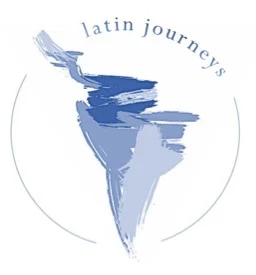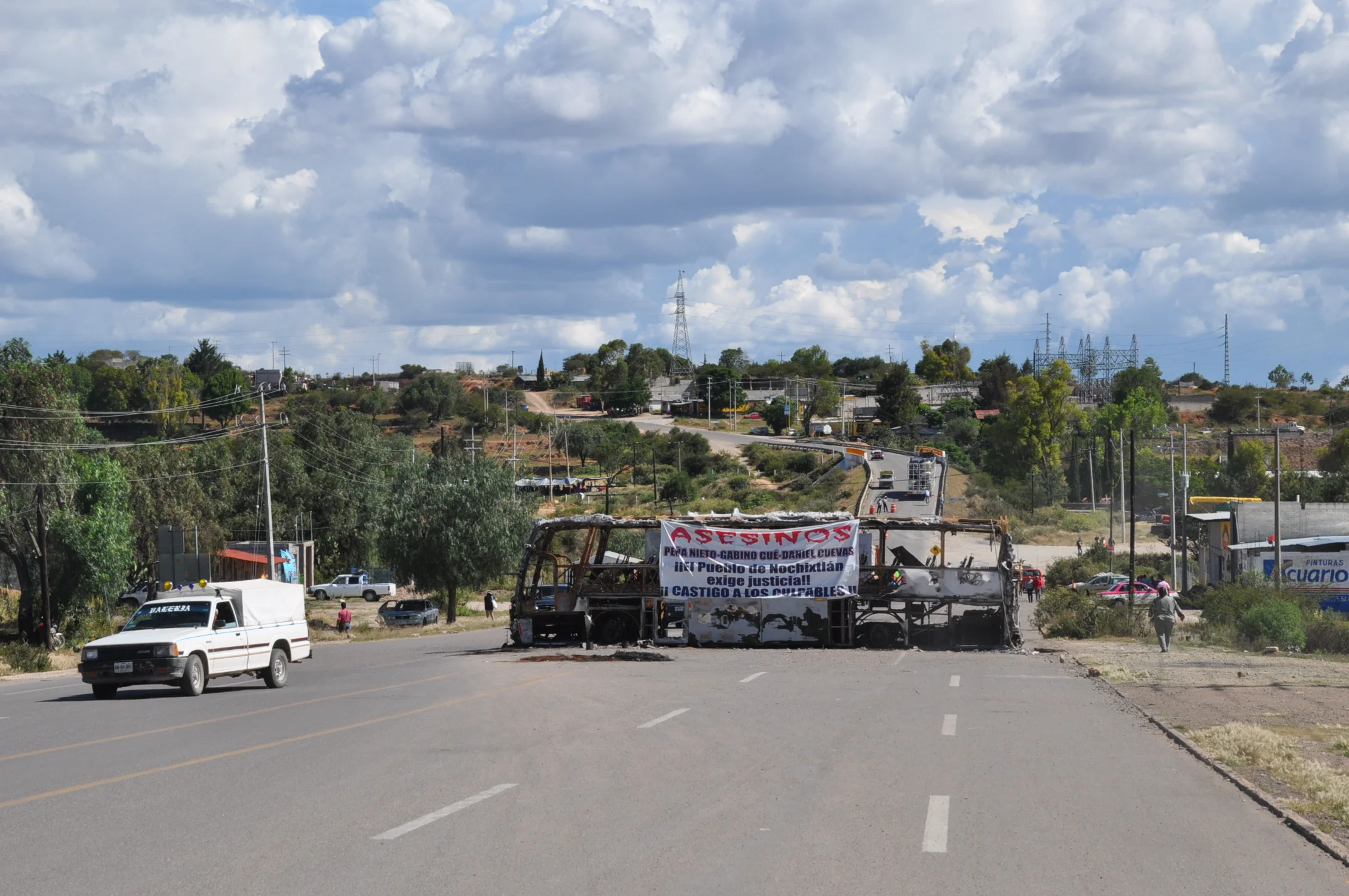School's out for summer
The 135D, the main highway to Oaxaca from Mexico City, is a beautiful drive. The tarmac is smooth, the vistas are stunning and the road snakes along impressive valleys. With very little urbanisation in between, one can enjoy the open road.
However, the 135D has recently become a flashpoint in a long protracted conflict between the Mexican government and the CNTE, a teachers’ union. This conflict in particular has focused on the small town of Nochixtlán, which sits on the highway three hours short of Oaxaca, resulting in blockades and tailbacks.
In 2013, President Enrique Peña Nieto’s government introduced education reforms. Despite spending above-average levels of GDP on education, student achievement rates in Mexico are amongst the lowest in the world. It is believed that part of the problem is the power of the unions who, in some areas, dictate recruitment, oversee chronic nepotism, and make it almost impossible to sack inferior teachers. The government hopes the reforms will drastically improve Mexican state education.
But the CNTE objects to one reform measure in particular: a standardised periodic testing of teachers. Particularly powerful in some of Mexico’s poorer states, including Oaxaca, the CTNE argues that as a result of testing, many of its teachers will unfairly lose their jobs in what is already a challenging environment, with many schools underfunded. The reforms will also lessen the union’s power and influence. As a result, reinforcing its militant reputation, the CNTE and its activists have taken to blocking roads in protest. The 135D is one of its main targets.
On 19 June 2016, police moved in to Nochixtlán to try to clear a blockade which had been intensified following the arrest of senior CNTE leaders over corruption. In the resulting clashes, in which both sides accused the other of firing first, eight protesters were killed. The Mexican government withdrew forces and tried to negotiate. But to date, road blocks remain, particularly in Oaxaca state. In July, the military even had to air drop food supplies to bypass road blocks.
A burnt vehicle in Nochixtlán
Although tensions have since eased, the blockades remain an issue. Last week, I travelled between Mexico City and Oaxaca to investigate. At Nochixtlán, the 135D is still closed by protesters and, in the town, burned vehicles remain as memory of the violence. But I was able to leave the highway and drive through Nochixtlán’s centre without any problems. Then, you can either continue on the slow and windy 190 local road, which leads you to Oaxaca up to two hours behind schedule or, shortly out of town, you turn on to a dirt road which 5kms later puts you back on the 135D, past the blockade. On this dirt road there are two checkpoints at which locals ask for donations. The track is not particularly smooth, but it is passable in any car and much quicker than the 190 option. On the outskirts of Oaxaca city, there are further blockades and the traffic is very slow, at a standstill at some points. Eventually, however, you get through. You just have to be prepared to wait it out.
Directions back to the 135D
Some children in Oaxaca have not returned to school yet as teachers continue their fight. I stayed in a hotel next to an empty school. But what is clear is that the protesters are not just teachers. Without generalising, I do not believe that all the young men waving sticks and holding rocks in their hands are educational workers. It seems that others have taken up the cause, possibly local gangs.
Tracking joining 135D
When I asked a local resident if the blockades were dangerous, I was told that this was the case only if you were a government official or policeman. “There are local gangs involved, but the rocks are to throw at police and officials, and tourists are fine”. Of note, plenty of police still patrol downtown Oaxaca.
What is confusing, though, is who the blockaders are actually stopping. I was told it was government vehicles, if they dared, and commercial trucks, which line the hard shoulder. But some trucks are definitely getting through, so it is not clear what the parameters are; perhaps the stopped truck drivers are using the protests as an excuse to have a break?
Protests blockading the road
I asked a hotel owner in Oaxaca, one of Mexico’s tourist hotspots, how the protests had affected business. She said that it had made life a little difficult, and some guests and deliveries were slower, but tourists were still coming, particularly as the airport was unaffected: “We are used to protests here and the teachers’ protests of 2006 were far more violent and threatening…and many of the city’s population rely on tourism, so visitors will not be stopped”. However, it must still be a major annoyance to residents. It has choked the main roads in the city and makes leaving and entering, particularly for commuters, a nightmare.
When I asked if some locals have criticised and tried to stop the blockades, the hotel owner responded: “The union has a lot of support here. Plus, many will use any excuse to protest against the government in general, so they are not all there for the teachers’ cause…many are just angry with corruption and poverty so there is little we can do to prevent them”. Furthermore, the hotel owner was worried violence might break out between residents if the protesters were confronted.
The Mexican government has threatened to clear the blockades, come what may. But a Mexican businessman told me that following the violence, dialogue may be the only solution. “Mexico has a traumatic past of dealing with protests…there is a justifiable mistrust of the authorities and a repeat of events such as the killing of students during riots in the 1970s and the missing ‘43’ from 2014, blamed on the police and even the army, makes the government nervous…so for now they will probably sit on their hands”. Therefore, the blockades may continue for some time, which will not help improve Oaxacan students’ educational achievements this year.
Navigating the diversion











